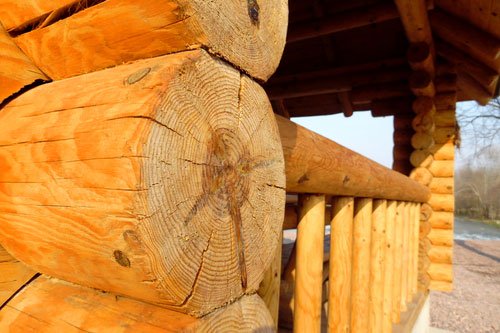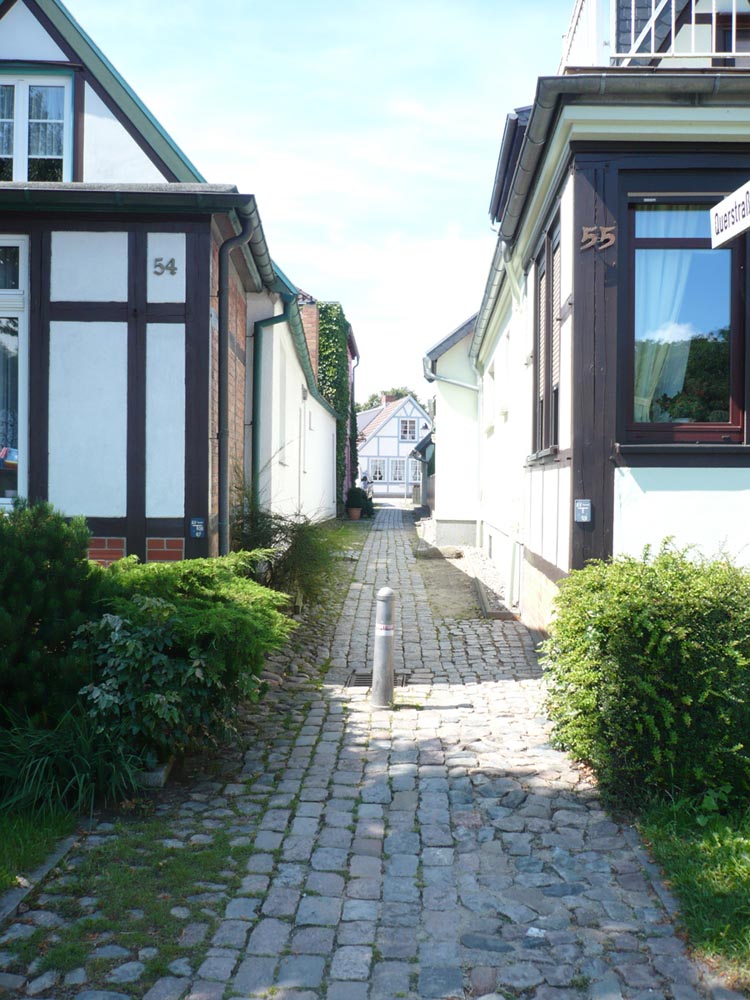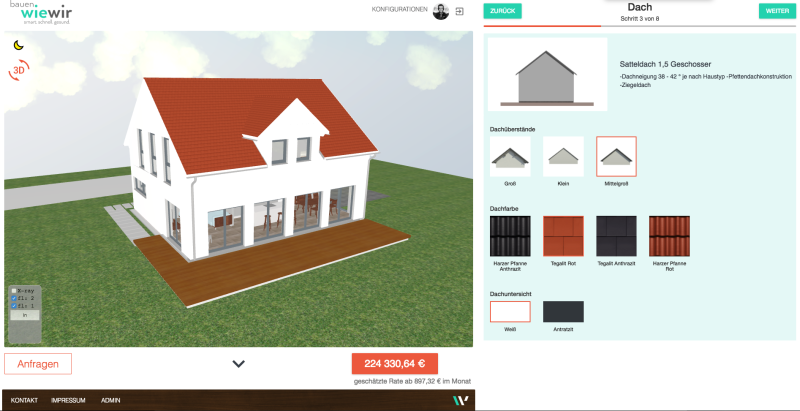Quite a few who dream of owning their own home have an image of a wooden house in their mind. Whether in the form of pure wood or a mixed construction in combination with stone, stainless steel or glass elements – the natural building material wood always looks stylish and at the same time inviting. As the graphic showing the demand for different facade types shows, the desire for prefabricated houses with a wooden facade or with a combination of wooden facade elements and other building materials is also increasing. In the case of pure timber construction, there is not only a differentiation between house types such as bungalows, single-family houses or terraced houses, but above all between three basic variants, which differ in terms of structure and construction.
The essentials in brief:
There are three basic models of wooden houses, which differ in terms of structure and construction: the full log or log house, the wooden frame and the wooden panel construction.
If builders consider the principles of constructive wood protection, the use of chemical wood preservatives is usually superfluous.
The use of durable, regional types of wood and the avoidance of wood waste products make wood a sustainable and ecologically valuable building material.
The full log or log house
The basic structure of this traditional type of wooden house consists of solid trunks or logs, to which wooden planks are attached on the inside and outside. The cavities are filled with special sealants and insulating materials. With the use of appropriate wood, this construction method guarantees extreme longevity and durability of the houses. Since the full log or log house has its origins in Scandinavia, it is often referred to as the “Swedish house”.

timber frame construction
The timber frame construction is better known in Germany as half-timbered construction. The load-bearing structure is designed using the so-called skeleton construction method, consisting of vertical and horizontal wooden beams, which act as wooden stands and cross-connections. Diagonal boards or struts also contribute to the stability of the basic framework. The skeleton is encased by a facade and the spaces in between are filled with wood or other insulating materials. The walls inside this type of house have no load-bearing function. Half-timbered buildings allow a very flexible floor plan design.

wood panel construction
This type of construction is one of the most common among prefabricated houses made of wood, which is mainly due to the short construction time due to the high degree of prefabrication of the components. The houses consist of self-supporting, flat wooden panels, which are planked on both sides with solid wood or wood-based materials and filled with insulating materials. The modular panel construction has the advantage of a flexible overall design of the house and the floor plans.
Is wood the same as wood?
When choosing the right type of wood, you should pay particular attention to aspects such as durability and weather resistance, such as those offered by larch or cedar wood. From an ecological point of view, the use of regional types of wood processed by local companies is recommended. But not only the type of wood is decisive, there are also differences with regard to the type of processing. In addition to the classic wood products such as beams, boards and panels, there is now also a large range of new “high-tech wood products” to meet the high demands of modern wood construction. The starting raw material is usually separated, machined or defibrated and then put back together again in the next step. The properties of the wood, such as its drying and surface quality, can be improved by adding various substances and using special processing methods. Impregnation with water-repellent substances can make wood more resistant to mold, rot or wood pests, for example. Lacquers, waxes and oils are used to protect against the effects of weather and mechanical stress. The addition of pigments can also change the color of the wood or emphasize the natural grain of the wood. A German pine impregnated with wax, for example, has a 20-80% higher compressive strength (resistance of the wood to destruction of the wood by pressure) than untreated wood.
Wood protection – constructive before chemical!
One must always remember that wood is a natural material – it works, is therefore less durable than concrete and also requires more extensive maintenance. Moisture, heat, frost, corrosion and air pollutants are the natural enemies of wooden houses. In order to counteract problems such as mold or pest infestation, it is advisable to apply the principles of constructive weather protection and – if necessary – to use chemical wood preservatives. However, the top priority when it comes to wood protection is: Constructive before chemical!
Constructive, i.e. structural, wood protection is already considered in the planning: Effective constructive wood protection helps above all against moisture. It is therefore particularly important to ensure that the load-bearing wood hardly comes into contact with environmental influences such as rain or snow. For example, sufficiently large roof overhangs and good insulation to the ground should be planned and places where water cannot drain properly should be avoided. Expertly planned wooden houses usually require little or no chemical wood protection.
Preventive chemical wood protection for load-bearing and stiffening wooden components is regulated by DIN 68800. This classifies the various wooden components into hazard classes, which define the requirements for wood preservatives and their active ingredients. Depending on the type of wood selected and the function of the component, the use of chemical wood protection is not always absolutely necessary. If it does, the protective coating must be repeated at regular intervals, which entails a certain amount of maintenance.
Living in a wooden house – ecological and inexpensive?
Wood is only a sustainable raw material if the principle of sustainable forest management is taken into account in terms of management. With wood from sustainable management, a wooden house is quite environmentally friendly. This allows only as much wood to be removed as can grow back again. In addition, the formation of wood waste products should be avoided. Wood residues can be used in a variety of ways: in addition to sawn wood, you can also use them to produce wood-based materials such as wood chips or shavings, as well as residues for pellets.
Besides sustainability, what speaks in favor of wood as a raw material? The pollutant emissions in the manufacture of wooden building materials are relatively low compared to other building materials in conventional production processes. Another advantage of the natural building material wood is its recyclability. Wooden components can often be used twice or three times, as is common in half-timbered houses, for example. This means that wooden beams from old houses that have already been installed are used for the construction of new half-timbered houses after their condition has been checked by an expert. Untreated wood – regardless of whether it has been installed once or several times – can also be returned to the material cycle even after a long service life.
But what about the costs? Contrary to the widespread assumption to the contrary, building a wooden house is unfortunately not necessarily cheaper than conventional prefabricated houses. Depending on the type of wood and the quality, wooden houses can even be slightly more expensive than prefabricated houses in solid construction. However, the numerous ecological, planning and health advantages compensate for this small downer.




